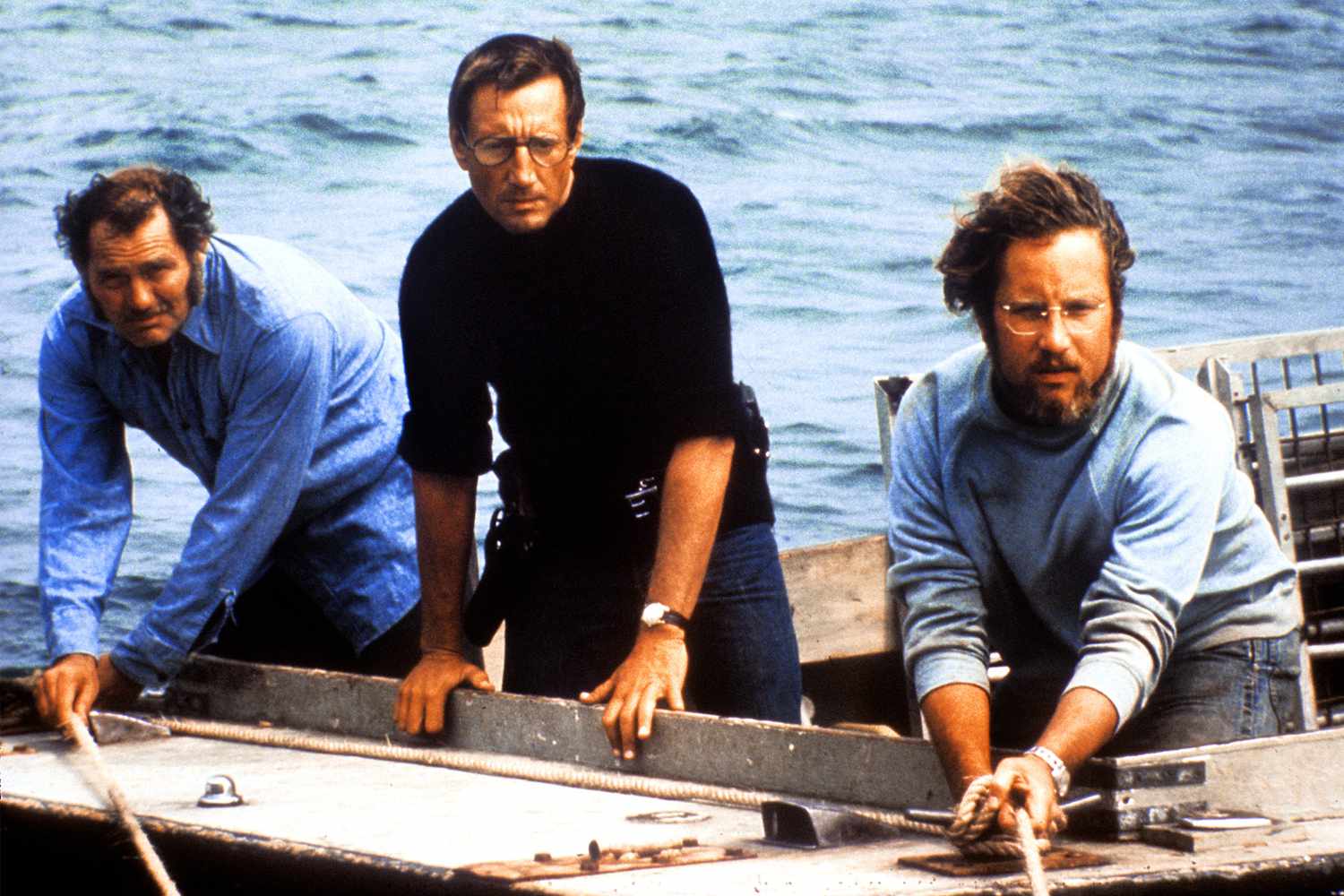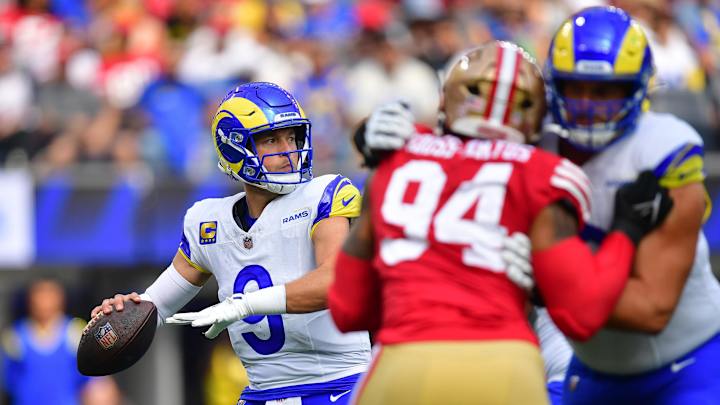Richard Dreyfuss Opens Up About His Experience on Jaws
When one thinks of iconic films from the 1970s, Jaws undoubtedly comes to mind. Directed by Steven Spielberg, this classic thriller not only revolutionized suspense in cinema but also introduced audiences to unforgettable performances. Among these was Richard Dreyfuss, who portrayed marine biologist Matt Hooper. Recently, Dreyfuss shared his thoughts on the behind-the-scenes dynamics of the film, particularly his complicated relationship with co-star Robert Shaw, through new insights that are stirring up nostalgia and intrigue for fans and film historians alike.
In a recent article, Dreyfuss revealed how he felt hurt by the feud that developed between him and Shaw during the filming of Jaws. This revelation comes from insights where he discusses how their professional tensions added layers to their performances, resulting in a film that has become a cultural phenomenon. The details shed a new light on the film that continues to enthrall audiences to this day.
Unpacking the Drama Behind the Scenes
The making of Jaws was not just about surviving the monstrous shark on screen but also navigating interpersonal relationships that had unforeseen impacts on the film’s production. According to Dreyfuss, as quoted in Entertainment Weekly, the tension between him and Shaw stemmed from a personal feud, which at times bled into their professional interactions. This dynamic, however, is part of what many believe contributed to the authenticity of their on-screen rivalry.
Both actors, driven by strong personalities, created a palpable tension that resonated with audiences. As business professionals and HR leaders may know, sometimes the energy generated from conflict can lead to innovative outcomes, albeit amidst challenges.
The Legacy of Jaws and Its Impact on Cinema
Jaws premiered in 1975 and became the first summer blockbuster, setting new benchmarks for how films were marketed and distributed. Its success was monumental, grossing over $470 million at the box office worldwide. Dreyfuss’s role as Matt Hooper brought an intellectual charm and youthful energy to the film, complementing the more serious characters of Chief Brody, played by Roy Scheider, and Quint, portrayed by Robert Shaw. The interplay of these characters became essential to the film’s success, showcasing not only the struggle against nature but also the human condition when faced with fear and mortality.
Moreover, the film’s innovative use of sound, editing, and practical effects redefined thriller filmmaking. Spielberg’s directorial choices, along with John Williams’ haunting score, created a suspenseful atmosphere that has influenced countless filmmakers since. It positioned Jaws not only as a piece of entertainment but as a significant part of cinematic history that continues to be studied in film schools around the globe.
Dreyfuss’s Reflection on His Career and Battles
Reflecting on his career, Richard Dreyfuss has evolved as both an actor and a public figure. His candor about the emotional scars of working on Jaws and his ongoing reflection on that experience showcases his depth as an individual and an artist. The conflicts from the film highlight the intricate dynamics of teamwork, particularly in high-stress environments like film production.
For HR professionals and business leaders, this can serve as a poignant reminder of the importance of managing interpersonal relationships within teams. Dreyfuss’s experience emphasizes how conflicts, while challenging, can lead to personal growth and greater camaraderie if handled with care and expertise. His willingness to discuss his past also opens dialogues about mental health and emotional expression in workplaces, advocating for environments where individuals can share their experiences openly.
The Broader Implications for Future Generations
The story of Jaws transcends the screen, resonating with both audiences and filmmakers alike. It serves as a clear lesson in the importance of communication, conflict resolution, and collaborative creativity. As businesses continue to evolve in an increasingly competitive landscape, the film industry remains a poignant example of how unresolved issues can lead to profound narrative depth, both on and off-screen. Dreyfuss’s journey reminds us of the humanizing elements within challenging environments and the necessity of addressing interpersonal issues positively.
As we continue to admire the classic films that shaped our cinematic landscape, Richard Dreyfuss’s reflections on Jaws serve not just as nostalgia but as a blueprint for managing relationships amidst contention. Perhaps as leaders and collaborators, we can learn not only from the triumphs of these legendary productions but also from the trials that come with them.
Conclusion
In conclusion, the legacy of Jaws, coupled with Richard Dreyfuss’s recent revelations, showcases the multifaceted nature of filmmaking. The tensions experienced during the production reflect deeper truths about human collaboration and the importance of understanding and navigating conflict, especially in professional environments. As HR professionals and business leaders, it’s essential to embrace the lessons shared by Dreyfuss, advocating for open communication and mutual respect within teams. Ultimately, these lessons can lead to not just better films but better workplaces, where creativity and innovation can thrive, regardless of past grievances.








